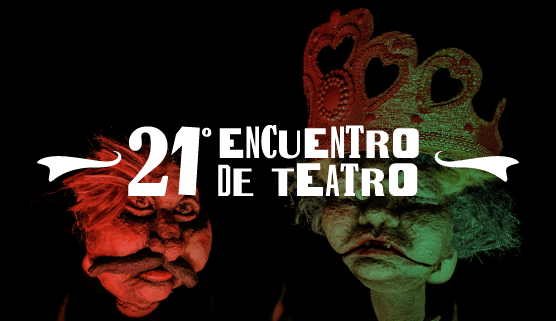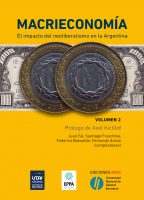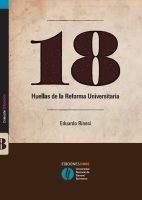Entre traiciones ajustes de cuentas y muertes injustas. Una etnografia sobre las clasificaciones, los valores morales y las practicas en torno a las muertes violentas.
In general terms, this thesis questions a group of violent deaths’ classification system that apparently takes place out of the public contexts, or those deaths that could not be framed under the ‘insecurity phenomenon’ –at least under the naturalized current manners-. Deaths accounted for settle accounts, non-clarified executions, or deaths caused by the police, involving group, neighbor or social conflicts, and other ‘violent’ ways to regulate them, may be some examples. After an ethnographic research performed in two neighborhoods of Córdoba city, Argentina, the social classifications about violent deaths, the moral values and practices that come into play among the closest to the deceased (relatives, neighbors, friends and acquaintances), in order to make these deaths condemnable, visual and/or chargeable. It is started with those
violent deaths in which certain moral values seem more socially legitimated from an actor-point-of-view so as to classify and rank those deaths and the people involved. Special attention is paid to understand the closest to the deceased who do not enroll in institutions or specialized organizations, since the access to these networks allow to draw one’s attention to other silenced or invisibilized participants in the social space; as well as to inquire into other organizational manners and different ways to regulate the conflicts arisen from a violent death. In order to accomplish these objectives, I deal with the social, political and economic historically-formed processes that go through the described classifications and, specially, with a certain routinization of the youngest deaths, and mainly those of men, so as to understand the net of ties, where the actors’ moral arguments are constructed. Moreover, we will see how a violent death may become a privileged object of moral judgments for the closest to the deceased, and for a group of more o less close acquaintances. After the occurrence of these deaths, certain distribution mechanisms of accusations are activated assigning responsibilities and faults. In addition, a set of defense and further accusation arguments arise, which dynamically build spatial, social and symbolic distances among the closest to the deceased, the murderers and their family. I have found that the classifications are based on the moral contents that are relational and interdependently defined, and involve tensions, ambiguities and counterpoints among the moral values of the families, neighborhoods and associations. Inside the net of relationships I had got access to in Villa El Libertador neighborhood, the disputes over the violent death social classifications are in tension between the unjust deaths and the settle accounts deaths. As the formers are legitimated deaths by some of the inhabitants to claim in the public space –mainly by the members of what I call The Association-, the task of some relatives consists of granting the dead reputation –and consequently, conferring it on themselves-; reputation that seems to depend on that classification. In Villa El Nailon, the deaths urged us to understand them in the light of the web of interdependencies that bind the actors, emphasizing how this same net is conceived by the slum neighbors and the way in which certain values become binding, or not, for the actors. The conflicts arisen from the deaths I discuss, especially after one caused by the treachery of a ‘friend’, and the collective accusations that are activated, account for certain moral values in tension between the young and the adults. Finally, a series of comparisons are established between the different forms to signify a death and make it more or less public, based on the boundaries of space, activities, images and other objects that are staged during specific cycles of visibility. We will see how the generalizing notion of 'Justice', on which some seek to include the claim, involves a social work that builds distinct moral hierarchies that restrict the opportunities for participation. The overlapping ties and roles - mothers, neighbors, members of the Association, friends, relatives-, their densities and ratings, make possible, however, to operate on the claim according to the contexts, expanding or constricting the possibilities of public visibility, providing dynamism to both the political space and the classifications and meanings of the death itself. In other cases, the death ‘spatializations’ intend to extend the conflict to the whole community, giving the deaths and the conflicts arisen new meanings, in order not to be constituted as dishonorable or anonymous deaths.







